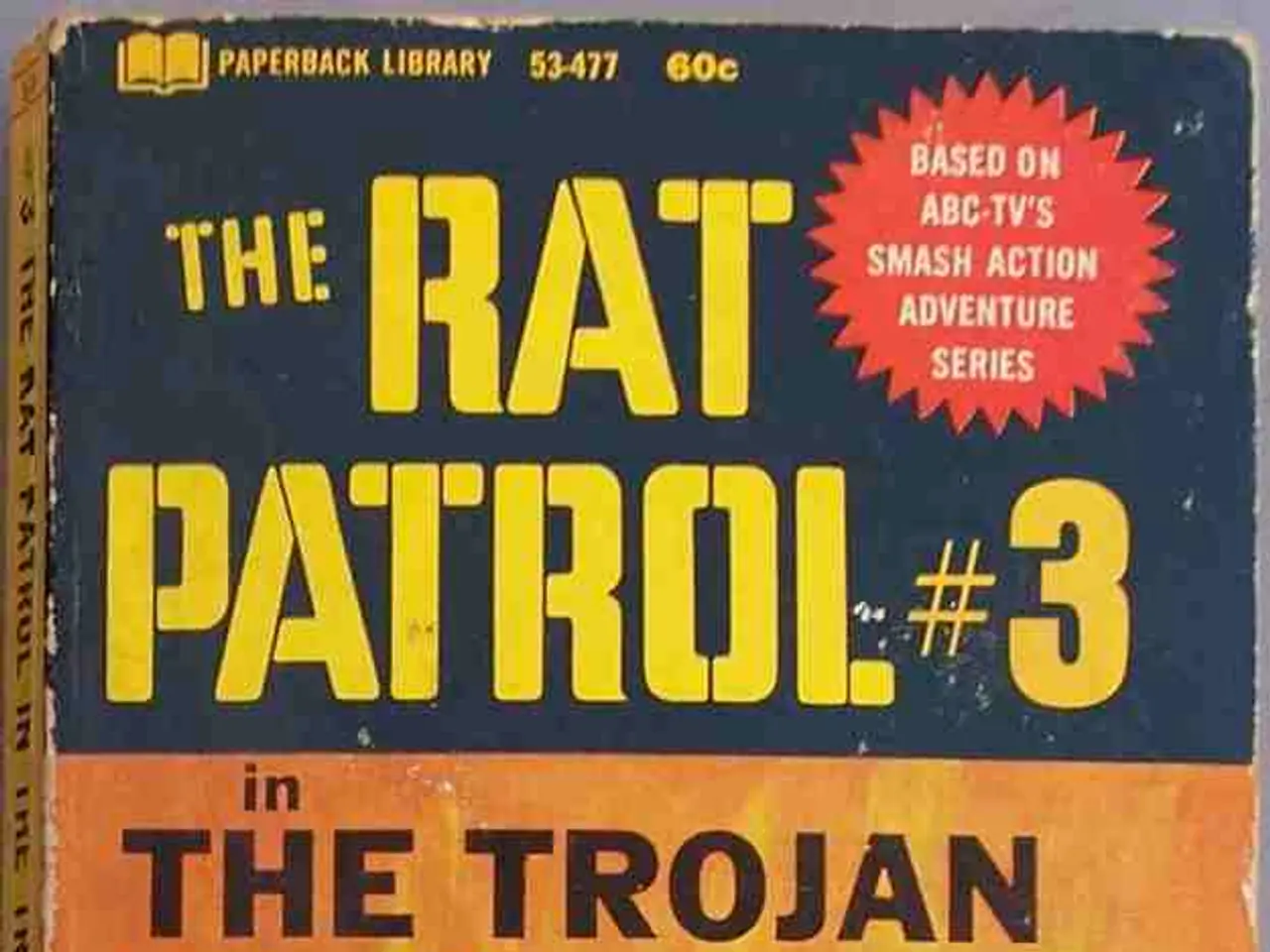Unveiling the Strategic Manoeuvres: Dmitry Rogozin Deploys Unmanned Russian Ground Vehicles to Ukraine-and the Significance of this Move
In the ongoing conflict between Russia and Ukraine, the focus has largely been on electronic warfare, jamming, and drone usage. However, Russia's Marker Unmanned Ground Vehicle (UGV) is a notable exception, representing a significant step towards integrating Artificial Intelligence (AI) into battlefield robotics.
Developed by the Advanced Research Foundation and Android Technologies, the Marker UGV is presented as a test bed for autonomous, robotic, and artificial intelligence technologies. While it is touted as a combat robot with AI capabilities, it remains experimental and not yet proven in active frontline battles.
The Marker UGV is equipped with various configurations, including a combat version that can be armed with antitank guided missiles, automatic grenade launchers, and machine guns. It can also function as a dug-in stationary gun platform, launching its missiles if targets are within range. One of its most intriguing features is the rotary gun module, which may be useful against incoming small adversary Unmanned Aerial Vehicles (UAVs).
The Marker's ISR test, in which it launches a tethered drone for battlefield observation and situational awareness, makes the most sense for the vehicle. This capability could provide valuable intelligence, especially in complex and unpredictable battlefield scenarios.
However, as of mid-2025, there is no clear evidence that the Marker UGV is widely deployed or fully autonomous in combat conditions such as the war in eastern Ukraine. Reports suggest that Russian forces are cautiously rolling out the Marker UGV, with limited numbers being deployed in the Donbas region.
Russia's deployment of the Marker UGV remains limited and controlled, likely due to challenges in training and coordination. Western intelligence and open sources emphasize Ukraine’s effective use of AI-assisted intelligence and targeting platforms, which have given Ukrainian forces an advantage over Russian units. In response, Russian forces have attempted to adapt with electronic countermeasures.
Recent announcements suggest that the Marker's AI-enabled autonomous capabilities may be tested. Dmitry Rogozin, a high-ranking Russian official, has stated his intention to use the Marker to distinguish enemy tanks via data sets. However, the performance of the Marker UGV in Ukraine's complex and unpredictable battlefield is uncertain.
In summary, Russia’s Marker UGV represents a significant step towards integrating AI into battlefield robotics. However, as of 2025, it has not reached full operational maturity or frontline deployment sufficient to impact the war against Western-supplied tanks in eastern Ukraine. Russian forces currently rely more on electronic warfare and conventional assets while testing AI systems under controlled conditions.
[Image Credit: Kirill Borisenko, via Wikimedia Commons]
[1] Western Intelligence Reports and Open Sources [2] Samuel Bendett, CNA's Russia Studies Program and Center for New American Security's Technology and National Security Program [3] Various News Reports and Analyses
- The Marker UGV, developed by the Advanced Research Foundation and Android Technologies, showcases a step towards integrating Artificial Intelligence (AI) into battlefield robotics, but its deployment remains limited in the conflict between Russia and Ukraine.
- Western intelligence and open sources stress that Ukraine's effective use of AI-assisted intelligence and targeting platforms gives Ukrainian forces an advantage over Russian units, prompting Russian forces to adapt with electronic countermeasures.
- The Marker UGV, when deployed in the Donbas region, is suggestive of Russian forces' cautious rollout, with its AI-enabled autonomous capabilities currently being tested.
- While the Marker UGV is equipped with various configurations, including a combat version armed with antitank guided missiles and machine guns, there is no clear evidence it has a significant impact on national security, defense, or warfare in the ongoing war in eastern Ukraine.
- The integration of AI into robotics, as highlighted by the Marker UGV, could potentially revolutionize military reconnaissance and logistics, offering advanced technology to improve security and tactical decision-making for both battlefield defense and offense.



